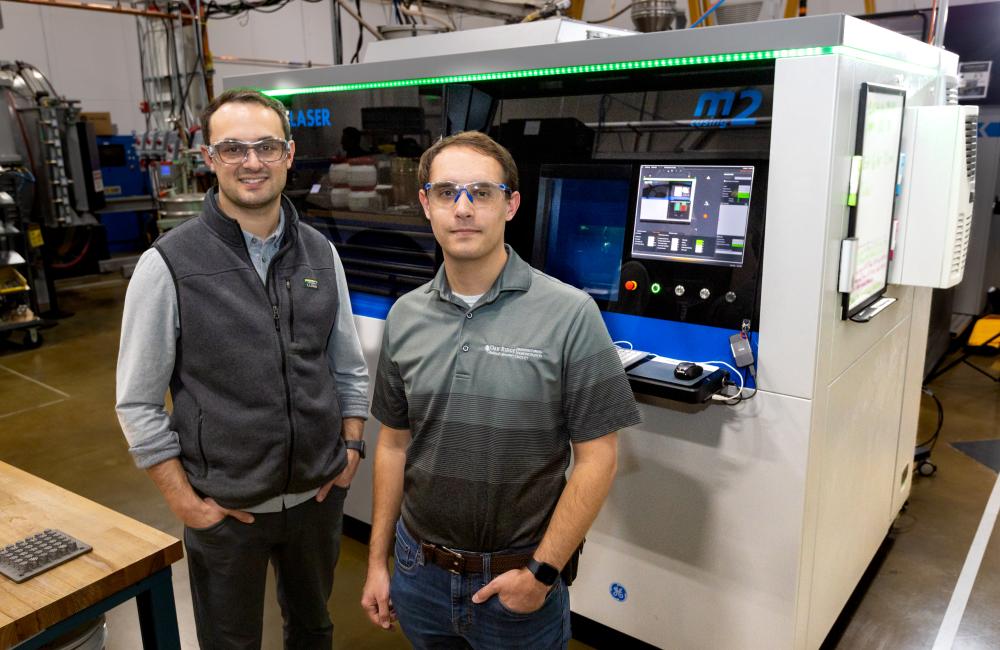Oak Ridge National Laboratory has released a comprehensive dataset for its Peregrine software, which monitors and analyzes parts created through powder bed additive manufacturing. The dataset was produced by the Department of Energy’s Manufacturing Demonstration Facility as part of a study to establish correlations between manufacturing anomalies, internal defects, and mechanical performance.

The dataset focuses on laser powder bed fusion (L-PBF), a process that uses a laser to melt and fuse metal powder to create metal parts layer by layer. It includes machine process parameters, sensor data, geometries, and detailed images of the 3D-build process captured from multiple angles and lighting types, combining high-resolution visible and near-infrared imaging with X-ray scans of printed parts.
“Peregrine takes images during printing, using AI to look for anomalies,” said Luke Scime, a researcher in the Manufacturing Systems Analytics Group at ORNL. “You do that for every single layer, and you build up a three-dimensional map of all the locations that might have issues, and then you try to predict which of those might cause a problem in the final part.”
The Peregrine software uses a custom algorithm that analyzes pixel values to examine edges, lines, corners, and textures, alerting operators to problems during printing so they can make adjustments. The system employs a Dynamic Multilabel Segmentation Convolutional Neural Network (DMSCNN) that processes data from multiple sensors to detect issues like spatter, where molten material is ejected during laser melting and can affect part quality.
The open-source dataset is designed to support AI model development for digital qualification of additive manufacturing processes. Researchers and manufacturers can use this data to develop quality assurance and quality control systems for 3D-printed parts. The dataset is titled “In situ Visible Light and Thermal Imaging Data from a Laser Powder Bed Fusion Additive Manufacturing Process Co-Registered to X-ray Computed Tomography and Fatigue Data.”
Source: ornl.gov

